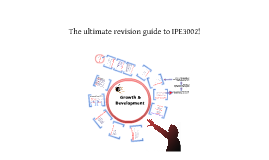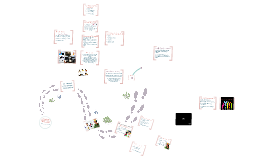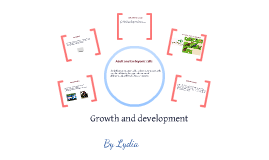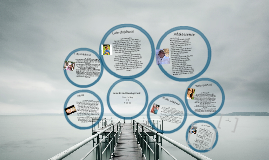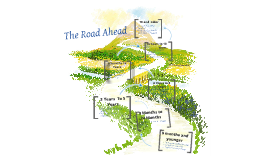Growth and Development
Transcript: Age: 65 and up Physical Development: Gray hair and the body starts to deteriorate. The vertebrae is becoming closer together and possibly making them hunch backed. Mental Development: It depends on the elderly person at the time, but they could develop any series of diseases. Such as, alzheimers. Emotional Development: It also depends on the person, but usually this is a difficult stage because a loved one is dying or a spouse. Also, the move into a nursing home can be difficult to handle. Social Development: In this stage of elderly peoples lives they are interested in making new friends and becoming involved in activities. They have nothing better to do with their time, so this is what they do. Late Adulthood Physical Development: Ages 20 to 40, is the most productive stages of life. Prime childbearing, and can produce the healthiest babies. mental development: Pursue education to establish a career. They have independence, get a career, family, and lifestyle. Emotional development: Stability and most adults can coupe with their small problems. Most young adults can cope with these worries, and they like to achieve. Social development: Moving away from peer groups and growing up. Young adults do not generally accept sex roles, and do what they want. Refernces Age: 6 to 12 Physical Development: This stage is called preadolescence. Weight is around 5 to 7 pounds and height increases to 3 inches. Physical development increases, and most teeth come in. During the ages 10 to 12, sexual maturity can begin. Mental Development: It increases rapidly during this stage because of the child attending school. Children use problem solving and emotions. They begin to think more about their actions and abstract ideas. Emotional Development: Independence is a goal at this stage. At age 6, children are scared and uncertain of school. By 10 to 12 changes occur with emotions and can cause children to become difficult to be understood. Social Development: Seven year olds try to like activites they can old alone. From ages 8 to 10, they want to be more oriented and with people their same sex. They start to make more friends. They are more independent but still need reassurance from parents. Physical Development: Adolescence, ages 12 to 20, is often a traumatic stage. Mostly physical changes occur during this period. They can weigh up to 25 pounds and the height increase exponentially.This is the awkward stage. Children dont know what to do with thier growing bones and so on. PUBERTY is the common. Girls and boys change in the physical appearance. The girls get wider hips, breasts, and height, and boys get a deeper voice and facial hair. Mental Development: An increase in knowledge and skills. They are told conflicting ideas to grow up and stay a child. Emotional Development: They want to be independent but they are uncertain. Toward the end, identity has been established. The become mature. Social development: More times with peers and less with family. They find people with common interests. By this time they might have things such as anorexia , bullimia, and suicicde. Early Childhood Adolescence Physical development: Ages 40-65, physically changes occur. The hair grays and it starts to fall out, and they get wrinkles. Mental development: It can increase during this stage. They begin to understand life and become confident in decision making. Social development: Divorce rates are high in this group. People associate with people that have the same interests. Menopause is common in this age group. Mental development: They continue to learn more and more. Emotional development: Sometimes they can reach a mid life crisis at this stage. https://www.google.com/search?num=10&hl=en&site=imghp&tbm=isch&source=hp&biw=1280&bih=681&q=babies&oq=babies&gs_l=img.3..0l10.4869.5413.0.6094.6.6.0.0.0.0.133.457.4j2.6.0...0.0...1ac.1.cnZaFcQWiSo Diversified Health Occupations http://www.google.com/imgres?q=elderly&num=10&hl=en&safe=active&biw=1280&bih=904&tbm=isch&tbnid=sVIvbIm3pW2z5M:&imgrefurl=http://images.businessweek.com/ Growth and Development Michele Richard Mrs.Hoard-3rd Health Science 9-21-12 Age: 1 to 6 years Physical Development: From ages 1 to 6, physical growth is apathetic. The average weight for a 6 year old is 45 pounds with a height of 46 inches. Muscle coordination allows the child to run and move. Eventually the child learns to write, draw, and use utensils. By 2 or 3, teeth came in a the digestion system can handle adult foods. Between 2 and 4, children can control bowl movements. Mental Development: Mental and verbal development increase rapidly during this time. Vocabulary expands greatly from age 1 to age 6. Their ability to think becomes greater as they become 4. At age 6, children want to talk more and read and write. Emotional Development: At age 1 to 2, children recognize affects of actions. Children want to do things beyond their abilities and get upset when they can not do so. 4-6 children have a better understanding






